Pruning Your Helianthemum Once A Year Can Help To Extend Its Flowering Lifespan
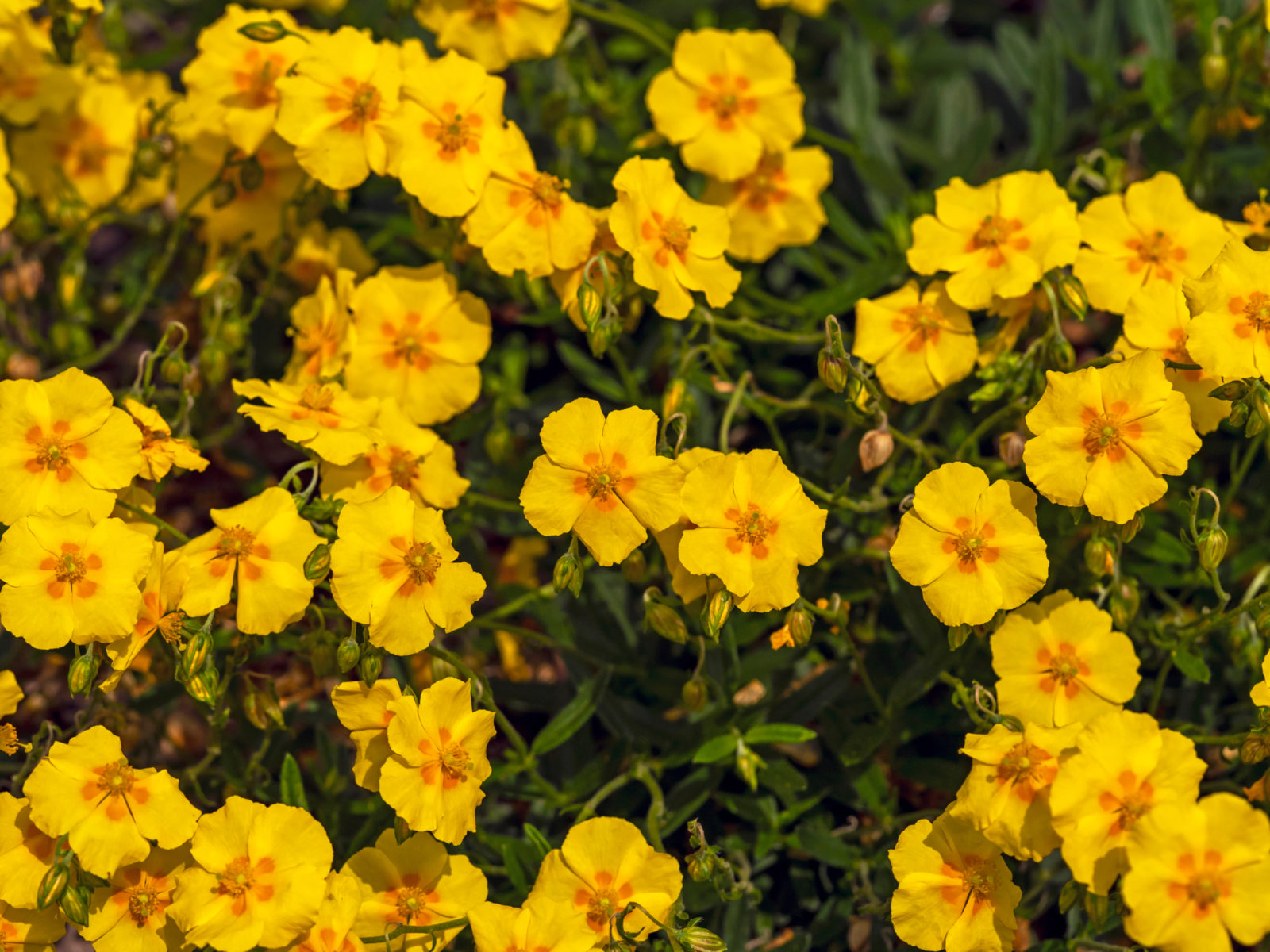
SHRUBS > HELIANTHEMUM > PRUNING
Reviewed By COLIN SKELLY

Colin is a Horticulturist and Horticultural Consultant with experience in a range of practical and managerial roles across heritage, commercial and public horticulture. He holds the Royal Horticultural Society’s Master of Horticulture award and has a particular interest in horticultural ecology and naturalistic planting for habitat and climate resilience.
IN THIS GUIDE
HELIANTHEMUM GUIDES
Pruning
Varieties
As hardy plants with low-growing tendencies helianthemums are the perfect choice for a rock garden or for providing ground cover.
It’s no surprise, then, that they’re more commonly known as rock roses and are hugely popular all across the UK.
Their year-round perfumed foliage provides intrigue throughout the winter months, while the profusion of delicate flowers in spring is a true delight to behold.
They generally bloom for five or six years, but their fragrance and foliage will endure for far longer.
The durable nature of helianthemums means that pruning them is not strictly necessary; they’ll do just fine on their own in almost any soil as long as they receive enough sun.
| Difficulty | Easy |
| Equipment Required | Gardening gloves, pruning shears or secateurs, cloth, isopropyl alcohol, compost |
| When To Prune | Spring (or just after flowering) |
However, pruning helps to retain their shape, prolong the lifespan of their blossoms and even encourages a second flowering in the same year.
Here’s how to go about it:
- Prepare and clean your tools
- Deadhead daily throughout the flowering season
- Prune foliage back fully after flowering has finished
- Remove weeds and any clippings; mulch the ground
To make the job of pruning your rock rose plants as simple as possible, we’ve elucidated each of those steps in greater detail below.
When To Prune
As mentioned above, pruning rock roses is not obligatory, but you may wish to do so after the blooming period has come to an end for several reasons.
Firstly, this will prevent the mat-forming plant from encroaching on the terrain in its vicinity and keep its aesthetically pleasing form.
Secondly, pruning helianthemums just after they have stopped flowering can encourage them to produce more blooms in late summer or early autumn.
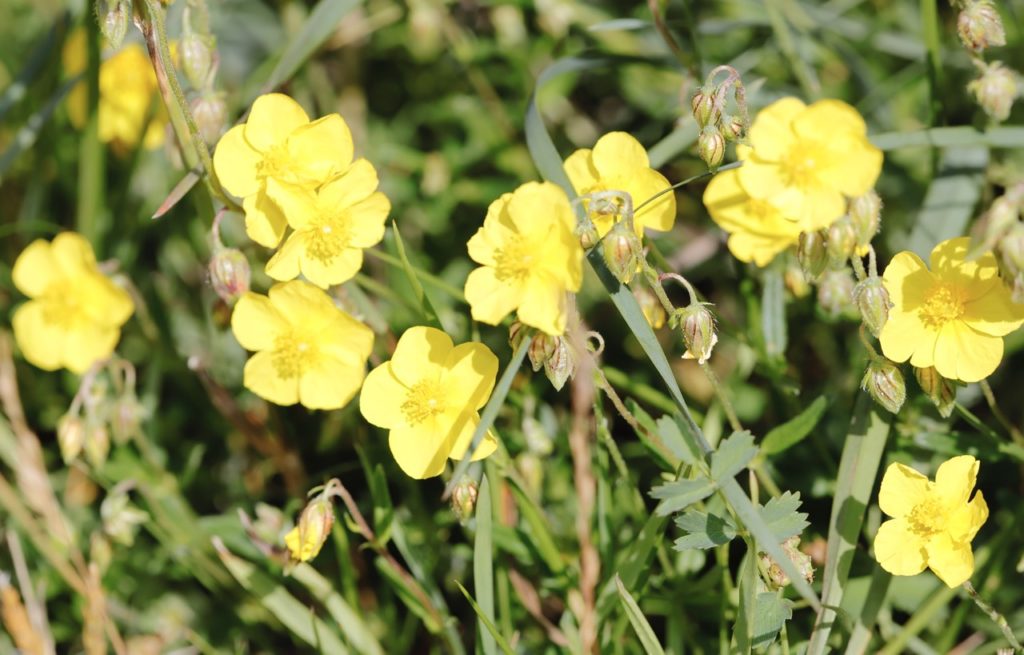
However, the climate of the area in which you live must be favourable for this to occur, since helianthemums are of Mediterranean origin and love the sun.
Finally, pruning your helianthemum once a year can help to extend its blooming lifespan.
Normally such plants only produce flowers for a handful of years, but if you stay on top of your specimen and conserve its energies for the future, you can prolong this by a year or two more.
1) Prepare Your Tools
This step is often overlooked by both amateur and veteran gardeners, but as someone who has suffered personally from the use of tools unfit for the job, I can’t recommend it highly enough.
Blunt blades can damage stems, while dirty ones can spread disease.
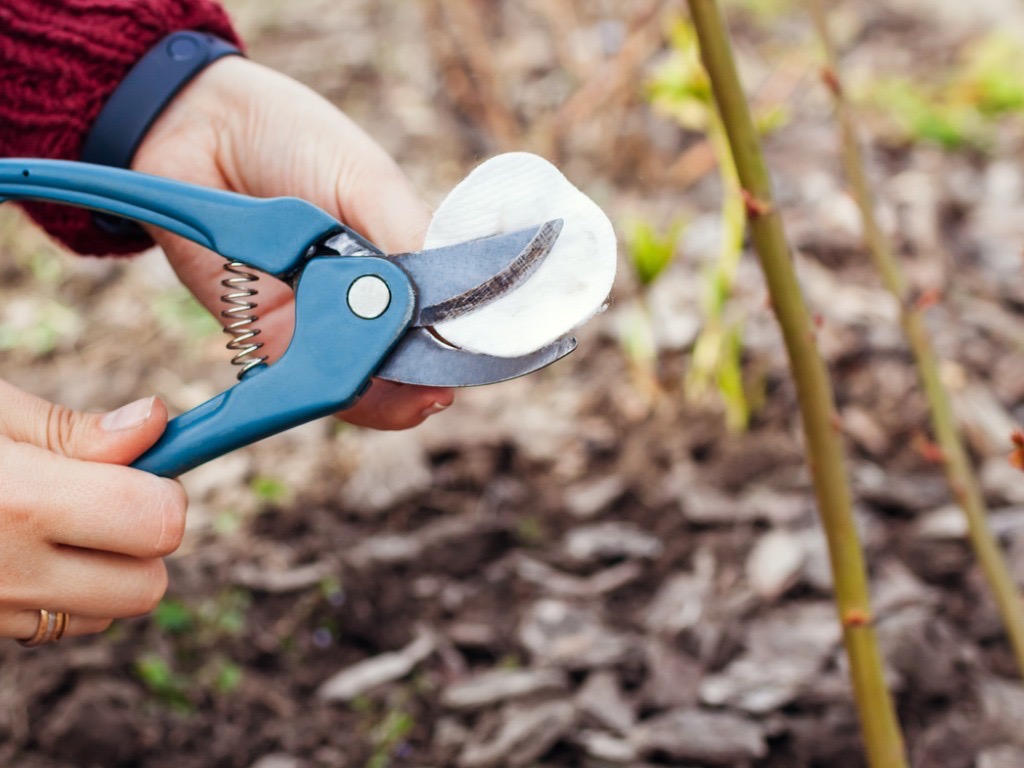
To avoid either undesirable outcome, simply sharpen the blades of your secateurs or pruning shears before use.
Next, soak a clean cloth in isopropyl alcohol and thoroughly wipe all debris from them.
Repeat the clean-up job after use, as well.
2) Deadhead Daily
Helianthemum’s beautiful blossoms are extremely fleeting, with many flowers lasting just a single day.
However, the plant makes up for this shortfall by producing an astonishing profusion of blooms throughout the season.
As such, it’s a good idea to remove all deadheads as soon as they appear.
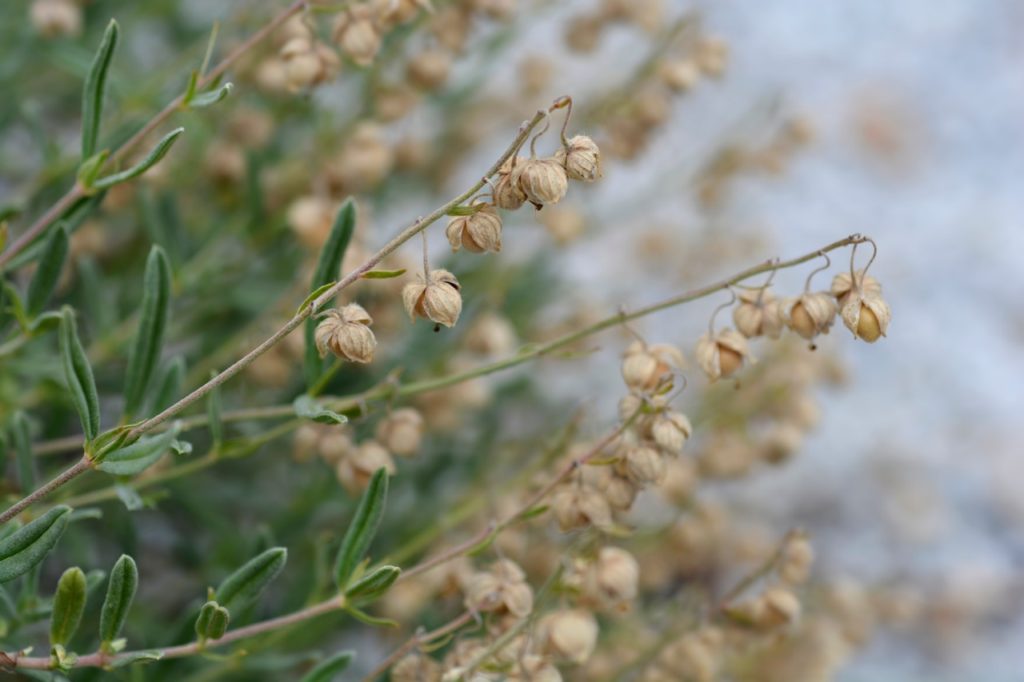
This will not only keep your plant looking vibrant and resplendent but also allow for better circulation of air among the stems and prevent the development of blights and diseases.
Of course, the sheer rate of blooming may make daily deadheading unfeasible, but doing the job as often as possible will suffice.
3) Prune After Flowering
Once the plant has stopped flowering altogether, it’s time to prune it back.
Target longer, woodier stems which distort the shapeliness of the plant’s form, trimming it back into the desired shape.
You can pare back these stems to around two-thirds of their length to keep things neat and tidy.
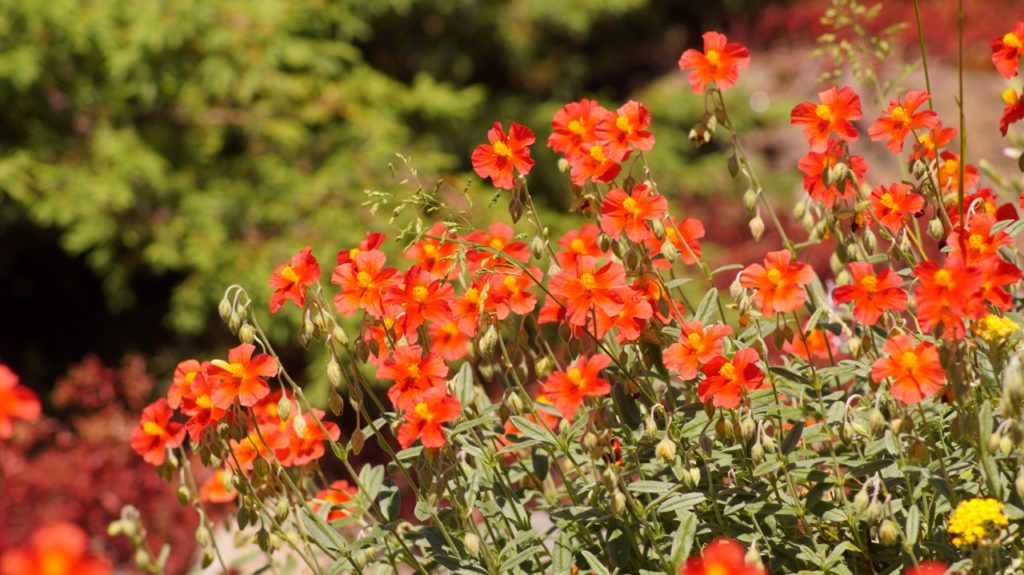
As a general rule, you don’t want to take any more than 5-8cm away from a single stem, and you should never cut back more than a third of the whole plant.
Leave the old wood alone to avoid jeopardising the helianthemum’s health come winter time, and instead focus on newer growth.
4) Remove Weeds & Mulch
Gather up all discarded stems and foliage and dispose of them appropriately to minimise the risk of disease.
Remove any weeds or invasive plants which may be encroaching on the rock rose’s territory to ensure it does not have to struggle to compete with others and that its appearance remains attractive.
“Removing plants that might compete for light is key to maintaining Helianthemum, as competition will cause shade and without adequate light they will not thrive,” explains Horticultural Consultant Colin Skelly.
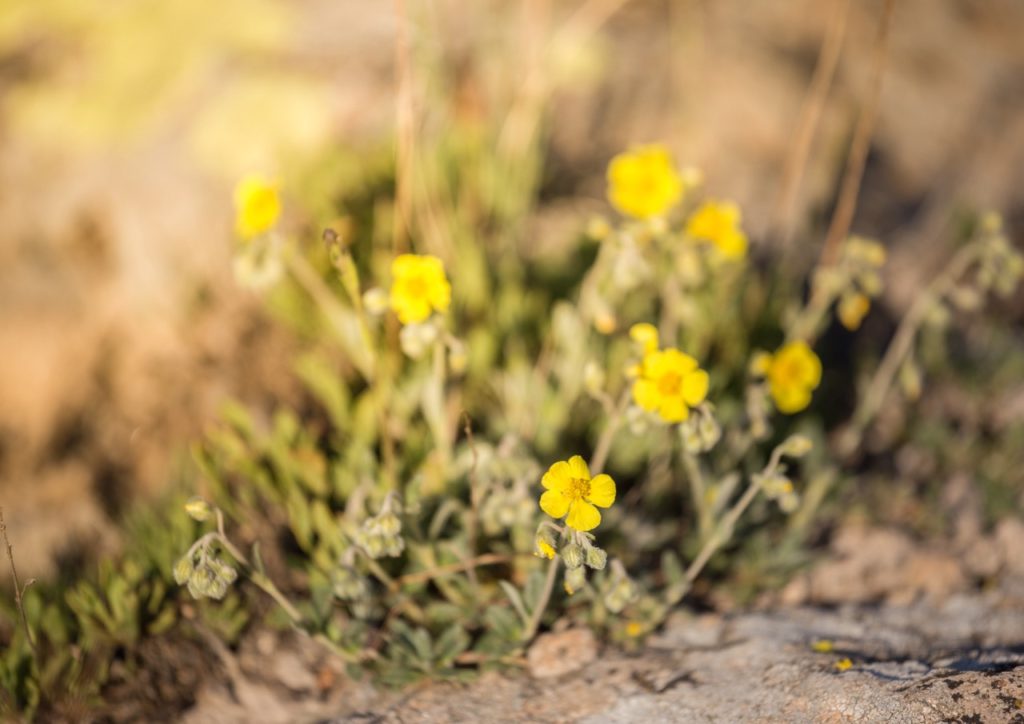
Finally, mulch with compost after pruning to keep moisture in the soil and give the new shoots the best chance of developing and of producing a second bloom later in the year.
Well-rotted compost or manure can be used for this task, but bark chips are overly acidic and should be avoided.

